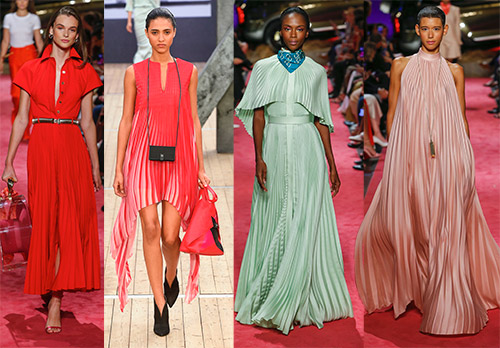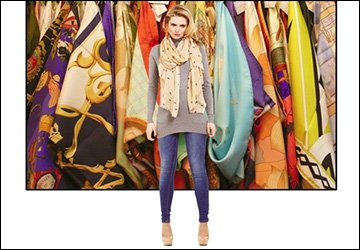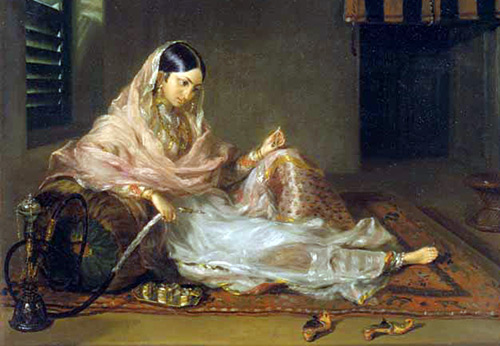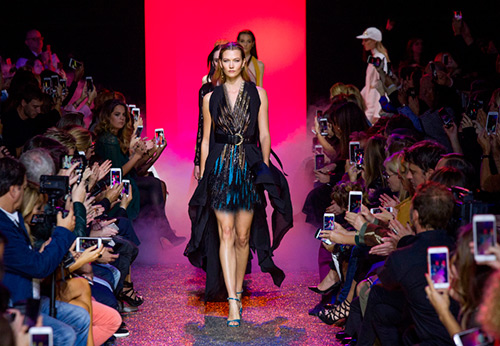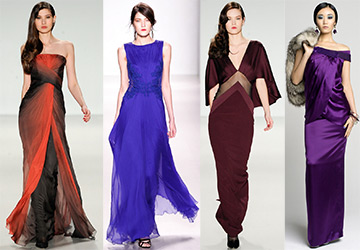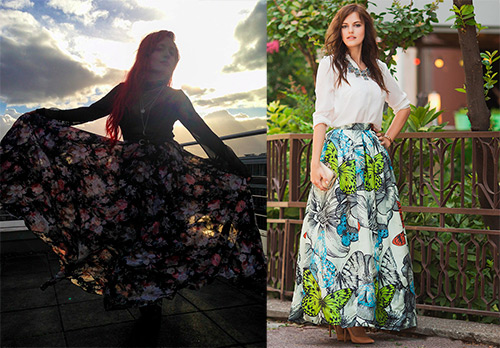Materials Science
Chiffon fabric - history and the best chiffon dresses
Chiffon fabric. To say that chiffon is only for warm summer days? No, in modern fashion this is not at all the case. Today, fashionistas wear chiffon dresses and skirts at any time of the year, and use this fabric in almost any style.
Chiffon is a translucent or transparent airy fabric. And girls in chiffon dresses are like princesses from fairy tales. Chiffon gives a girl, dressed in rough army boots, tenderness, fragility, femininity.
This amazing fabric appeared several thousand years BC in China. But still, it was originally silk. Although some researchers of the history of fabrics claim that thin silky cotton fabrics of plain weave were called chiffon, it was only at the beginning of the 20th century in the Art Nouveau era that silk chiffon appeared ...
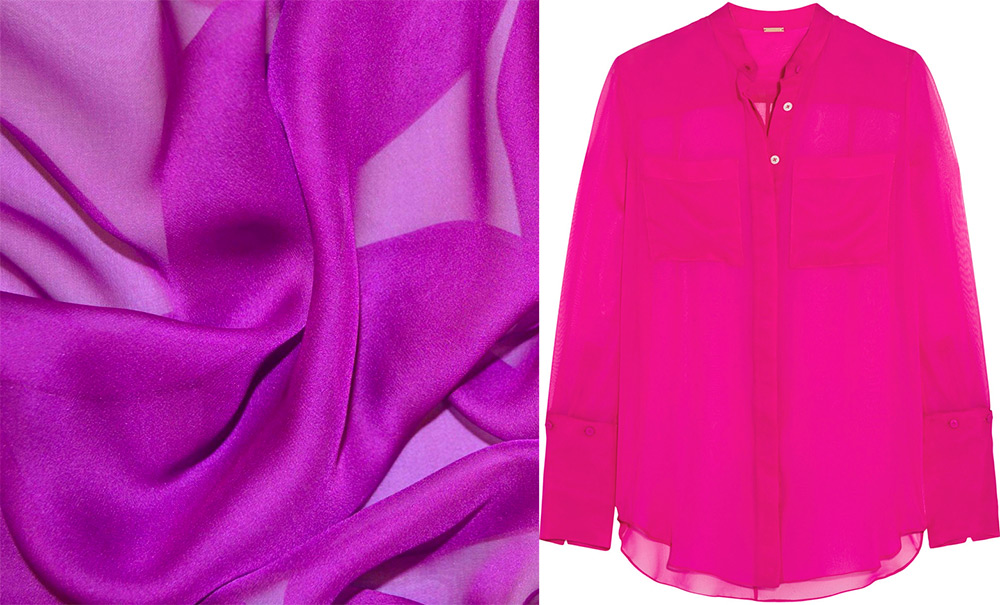
The word "chiffon" in translation from French means nothing more than "rag". However, the magnificent fabric, which has always been expensive and worried about all fashionistas, was not available to everyone. And only in the 30s, and then in the 50s of the twentieth century, expensive fabric began to change its composition, thanks to nylon, polyester and other synthetic fibers that appeared at that time.
Nowadays, chiffon fabrics are especially relevant, they create various fashionable silhouettes when cut along the side or in layering of two or more multi-colored fabrics. In addition to silhouette lines, chiffon acquires special expressiveness in various stylish details. This beautiful fabric helps to express features in a romantic style by creating flounces, ruffles, ruffles and other elements.
Previously, airy, like a gentle cloud, outfits were worn only by those who lived leisurely, not doing hard physical work. Today, artificial and synthetic fabrics have made chiffon more affordable, and its strength has increased. Indeed, by the way, natural chiffon is a rather fragile fabric. Polyester, for example, is an inexpensive, durable fabric that can mimic a variety of materials. Of course, if the issue of status and environmental friendliness matters to you, then purchase natural chiffon outfits.
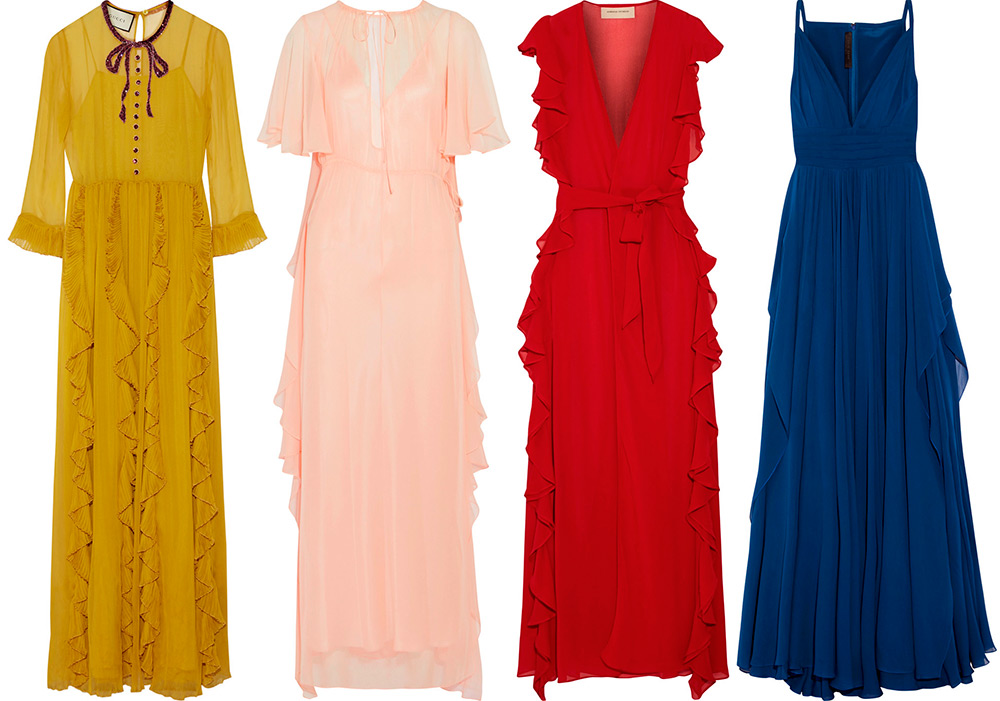
Chiffon properties
Chiffon has a smooth matte surface and the same appearance, both from the front and the wrong side. Since there is a large difference in linear density between the warp and weft threads, thin longitudinal and transverse scars are formed in the fabric structure.
If you use yarns with a higher twist, a crepe effect is formed on the fabric, and it acquires an already grainy surface. Modern chiffon fabrics made from natural and chemical threads, as well as from their combinations, retain the main features and properties - plain weave, low surface density, transparency and lightness.
All fabrics are thin, airy, and lend themselves well to drapery, which allows you to create original models. Chiffon is most commonly found in nylon, polyester, and other synthetic materials. However, depending on the raw material, the properties of chiffon fabrics also differ. For example, silk, cotton and viscose materials are breathable, so they are not hot in summer.
Synthetic chiffon does not have this property - it is hot in summer and cold in winter, but it does not wrinkle and keeps its shape well, moreover, it is stronger than silk and cotton products. Silk chiffon is recognized as the thinnest, lightest and at the same time strong type of fabric. Cotton chiffon is denser. Chiffon from viscose yarns also one of the thinnest materials.
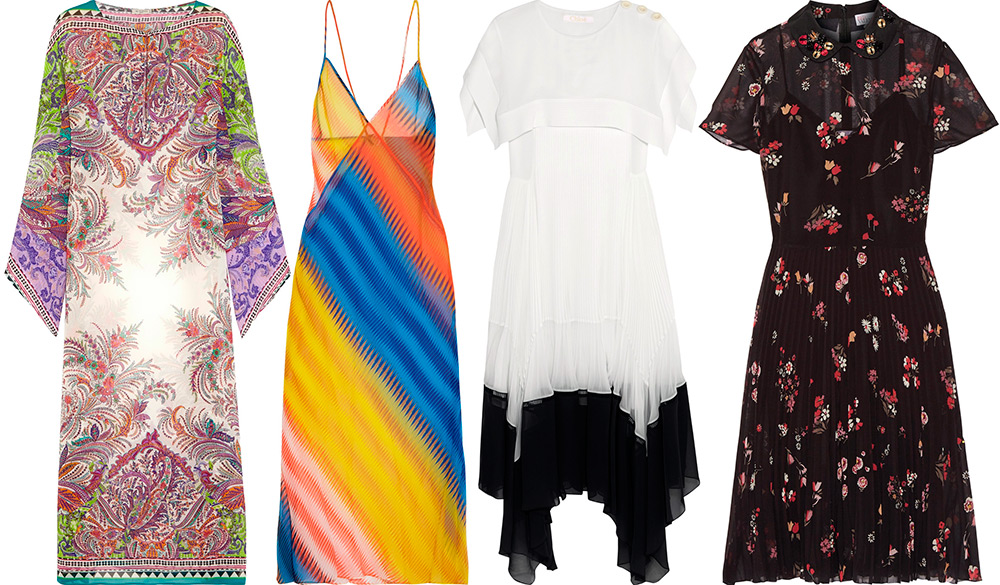
Varieties of chiffon fabrics
Among the varieties of chiffon fabrics, a special place is occupied by:
crepe-chiffon (available in plain dyed, printed or bleached fabric, which is produced from two-strand raw silk crepe). It is made without a seamy side, often in a combination of natural silk structure and synthetic fibers;
reversible chiffon - a material consisting of two layers, loosely connected to each other. The layers are designed in different colors. For example, white motifs on a light blue field. If we turn the fabric over, we get light blue motifs on white;
embroidered chiffon... Floral patterns are most often embroidered on fabrics with silver, gold or colored threads;
chiffon with lurex... It is a translucent and smooth fabric with a shimmering sheen. And if you look closely, you will see the longitudinal threads of lurex;
sequin chiffon... If you want to slightly hide the transparency of the fabric, choose just such a chiffon. The fabric looks fancy and the sheer base is not so noticeable under the many small sparkling sequins;
chiffon satin... This fabric combines the best qualities of the two materials - it is smooth like satin and sheer like chiffon. Chiffon satin is suitable for elegant blouses and dresses;
chiffon jacquard... For those who love jacquard fabrics, jacquard chiffon makes a great outfit for a wedding or prom. A festive impression is created from the original combination of transparent fabric elements with denser ones that make up floral or abstract patterns;
chameleon chiffon - thin and transparent fabric with iridescent bright shades;
sprinkled chiffon - with silver or gold;
chiffon-shangjan - thin material with a gorgeous, slightly reflective texture;
pearl chiffon - Spectacular flowy and pearlescent fabric, very popular in dance outfits.
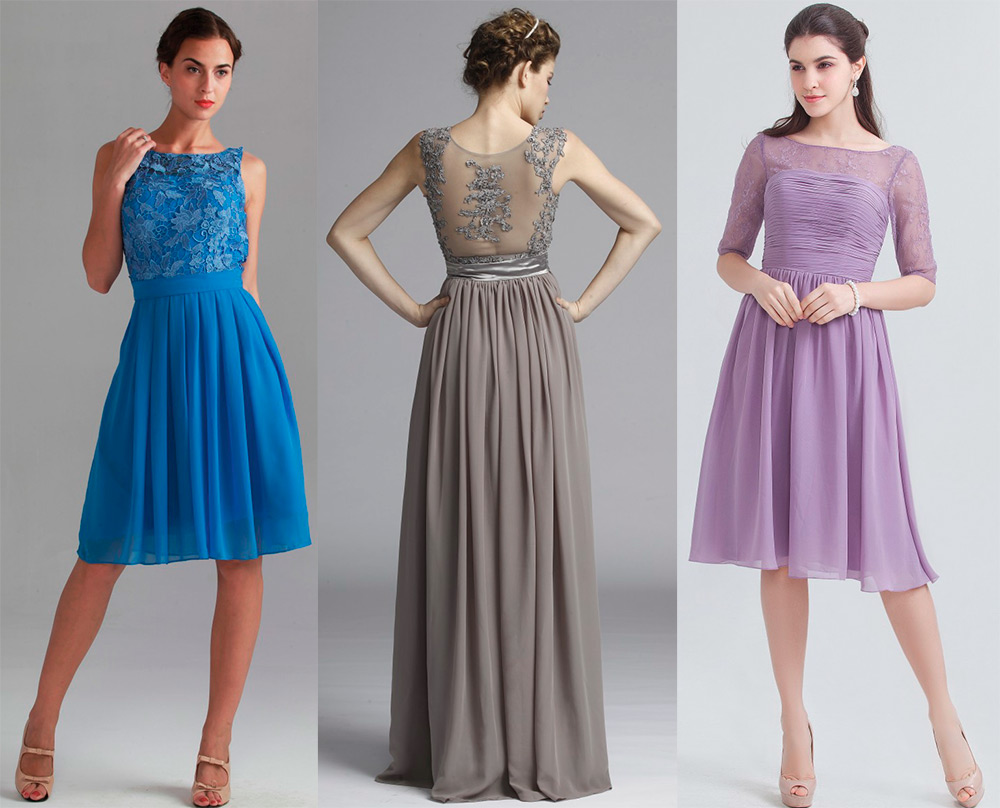
Advantages and disadvantages of chiffon
The advantages of chiffon, firstly, include the beauty of the fabric, airiness and many bright shades. Chiffon is hygroscopic, good air permeability. The disadvantages of the fabric are low wear resistance and difficulties in the sewing process - chiffon slips and requires special sewing processing. It is quite difficult for an unprepared dressmaker to sew from chiffon, the fabric also crumbles a lot.
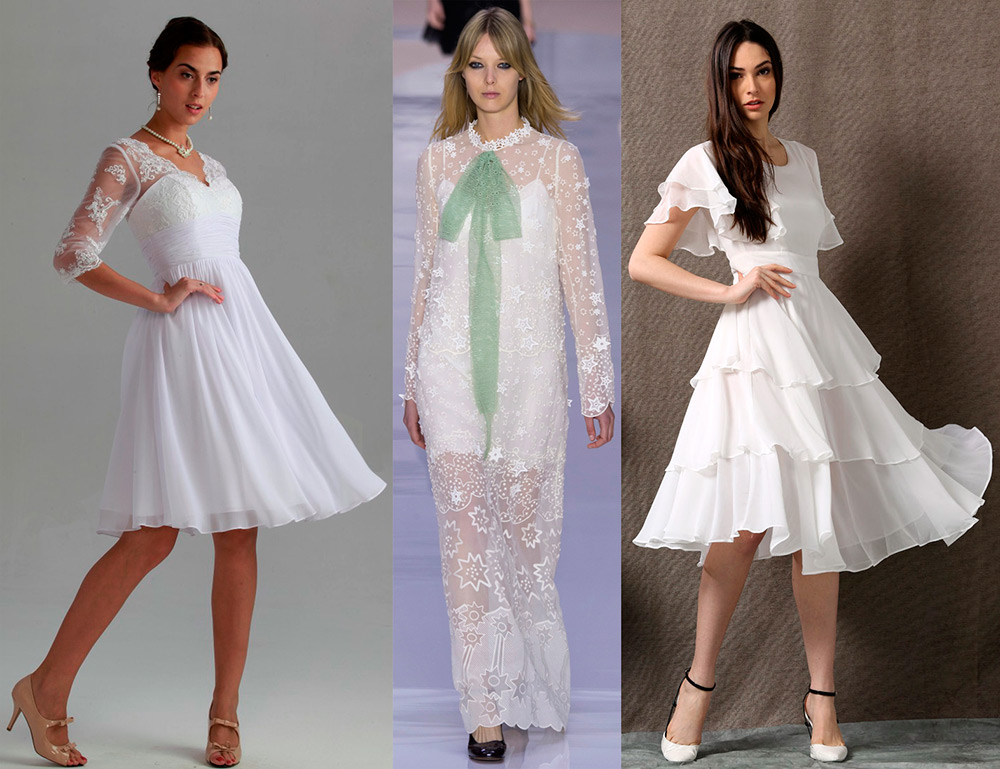
How to care for chiffon products
Chiffon is a very delicate material, so only proper care of it will allow you to keep your favorite thing for a long time. It is better to wash chiffon products with your hands at a temperature of 30 degrees, squeeze lightly, without applying force, so as not to deform the thing.
If you decide to machine wash, put your garment in a cotton bag first. In this case, wash only on a delicate cycle. Chiffon items require only natural drying, without direct sunlight. Iron only in the "silk" mode, and through cheesecloth.
Modern fashion requires that every girl's wardrobe be airy and light, transparent and delicate chiffon... And designers offer us many different options in any style.
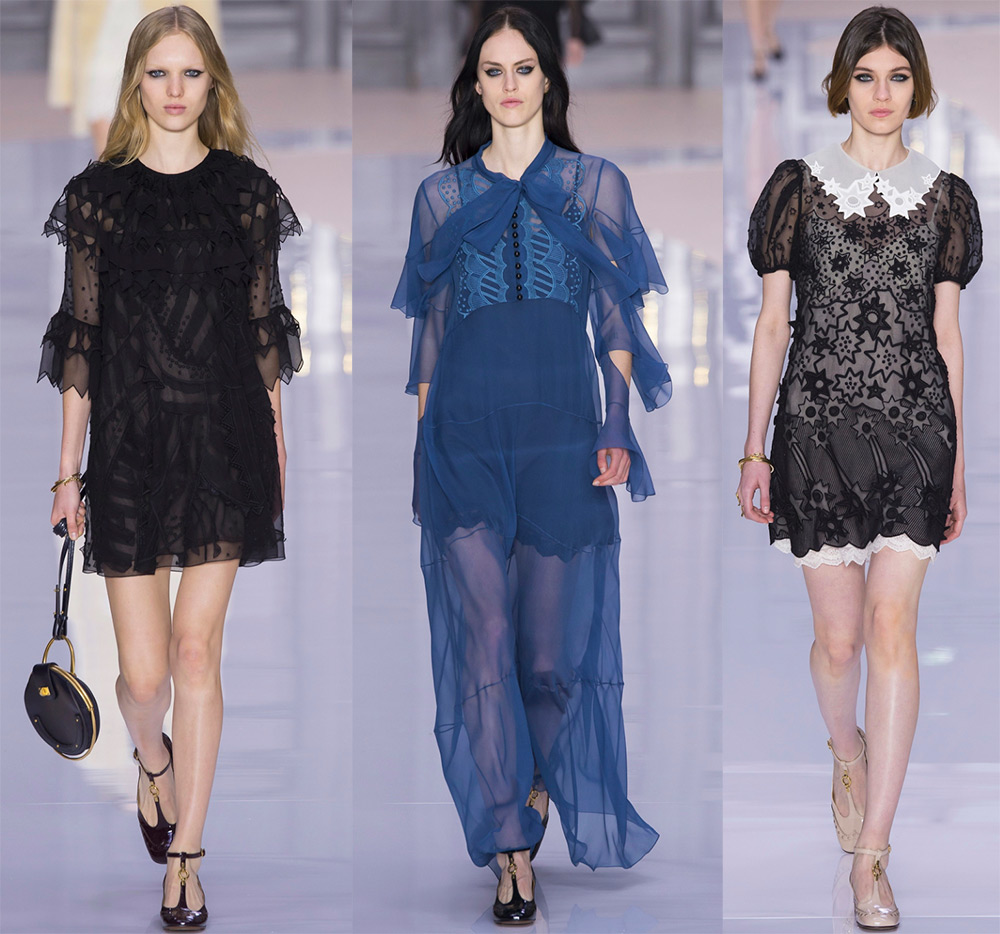
Comments and Reviews
Add a comment
Rating news
Shades of clothing that make women look younger
What shades of hair make women younger: rules and photos
Funny wedding dresses - photos and ideas
12 most expensive down jackets for the winter
How to look 25 at 40: tips from supermodels
Beautiful schoolgirls
Anti-aging haircuts and hairstyles for women
Fashionable skirts for autumn and winter
Fashionable women's trousers for the cold season
Fashionable and stylish sandals for summer 2024
Spring-summer 2024
 Fashionable dresses and tops with thin spaghetti straps
Fashionable dresses and tops with thin spaghetti straps
 Bandana tops: how to wear stylishly and beautifully
Bandana tops: how to wear stylishly and beautifully
 How to put together the perfect men's wardrobe for the summer
How to put together the perfect men's wardrobe for the summer
 Fashionable shorts for spring-summer 2024
Fashionable shorts for spring-summer 2024
 Fashionable skirts for spring-summer 2024: a guide to online shopping
Fashionable skirts for spring-summer 2024: a guide to online shopping
 The most fashionable dresses spring-summer 2024: styles and colors
The most fashionable dresses spring-summer 2024: styles and colors
 Fashionable total look 2024: ideas of images and trends
Fashionable total look 2024: ideas of images and trends
